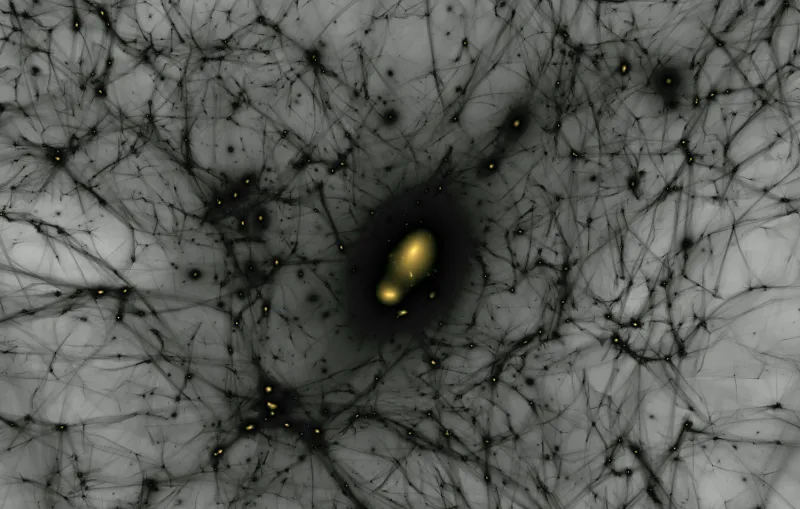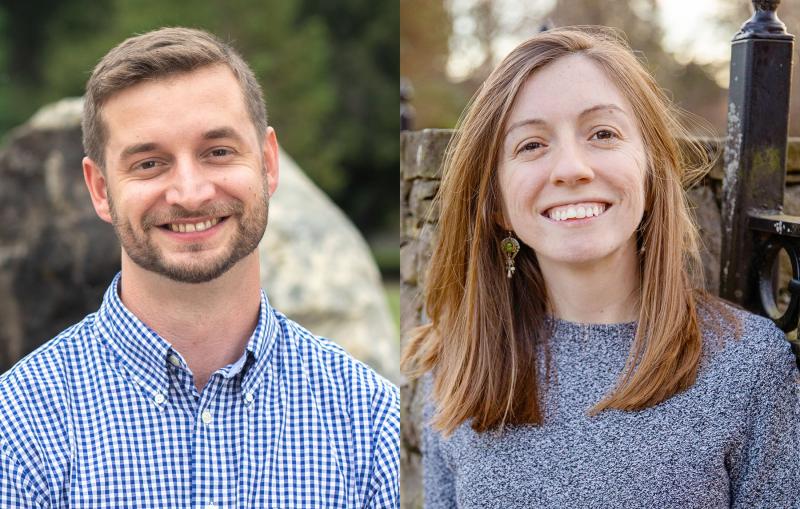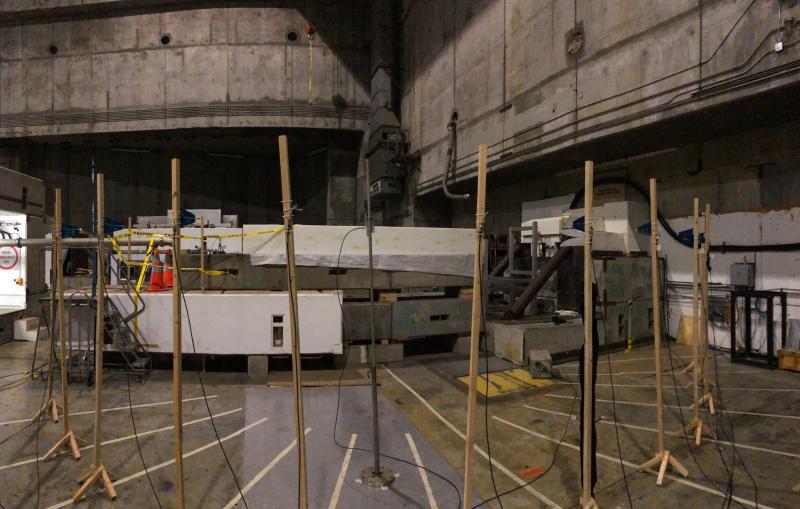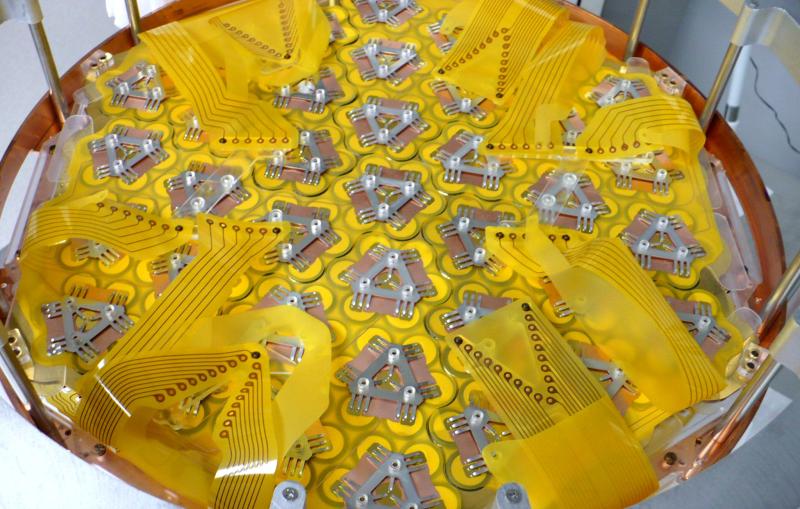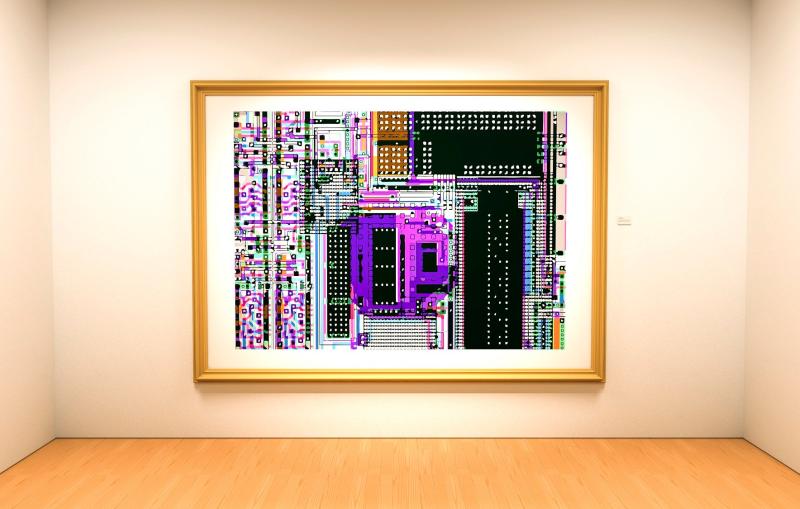MicroBooNE experiment’s first results show no hint of a sterile neutrino
Four complementary analyses by Fermilab’s MicroBooNE show no signs of a theorized fourth kind of neutrino known as the sterile neutrino. Its existence is considered a possible explanation for anomalies seen in previous physics experiments.
The MicroBooNE experiment at the U.S. Department of Energy’s Fermi National Accelerator Laboratory has turned up no evidence of a theoretical particle known as the sterile neutrino. For more than two decades, this proposed fourth neutrino has remained a promising explanation for anomalies seen in earlier physics experiments.
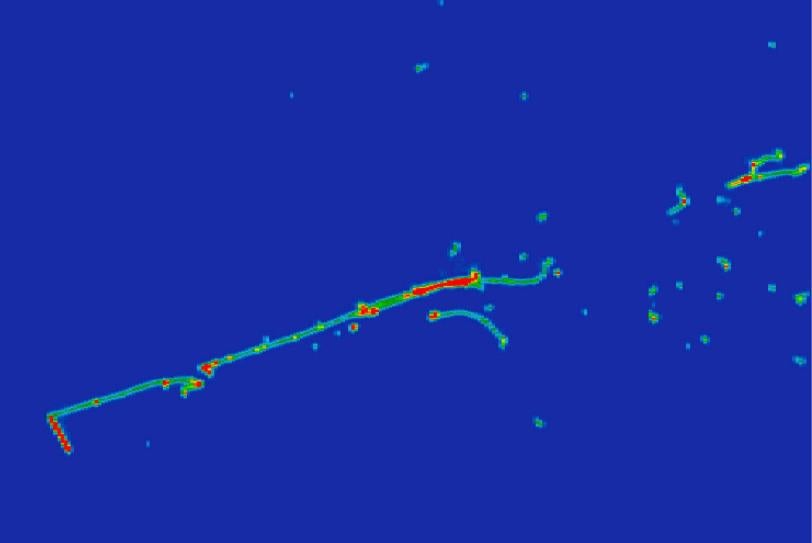
However, four complementary analyses, including the first ever deep learning-based analysis of data from a MicroBooNE-type experiment – spearheaded by postdoc Ran Itay, together with senior scientist Mark Convery and staff scientist Kazu Terao, in the Experimental Neutrino group at DOE's SLAC National Accelerator Laboratory – all show the same thing: no sign of the sterile neutrino, and indeed no clear explanation of the anomalies in previous experiments.
“MicroBooNE has made a very comprehensive exploration through multiple types of interactions, and multiple analysis and reconstruction techniques,” said Bonnie Fleming, physics professor at Yale University and co-spokesperson for MicroBooNE. “They all tell us the same thing, and that gives us very high confidence in our results that we are not seeing a hint of a sterile neutrino.”

Neutrinos are electrically neutral, tiny, and the most abundant particles with mass in the universe. They come in three known types—the electron, muon and tau neutrino—and can oscillate between these flavors as they travel. Scientists can use their knowledge of oscillation to predict how many neutrinos of any kind they expect to see when measuring them at various distances from their source.
In the 1990s, the Liquid Scintillator Neutrino Detector experiment at DOE’s Los Alamos National Laboratory saw more particle interactions than expected. In 2002, the follow-up MiniBooNE experiment at Fermilab began gathering data to investigate the LSND result in more detail and also saw more particle events than calculations predicted.
Sterile neutrinos emerged as a candidate to explain these odd results. While the proposed sterile neutrino would be elusive, responding only to the force of gravity, it could impact the way neutrinos oscillate, leaving its signature in the data.
Unfortunately, MiniBooNE had a limitation: It was unable to tell the difference between electrons and photons close to where the neutrino interacted with the detector's liquid argon. If MiniBooNE were seeing more electrons than predicted, it would indicate something unexpected happening in the oscillations that researchers hadn’t accounted for, such as sterile neutrinos. If photons were causing the excess, it would likely be a background process rather than a new particle.
It was clear that researchers needed a more nuanced detector, and in 2007, the idea for MicroBooNE was born.
Now, MicroBooNE’s first three years of data show no excess of electrons—but they also show no excess of photons from a background process that might indicate an error in MiniBooNE’s data.
“We’re not seeing what we would have expected from a MiniBooNE-like signal, neither electrons nor the most likely of the photon suspects,” said Fermilab scientist Sam Zeller, who served as MicroBooNE co-spokesperson for eight years. “But that earlier data from MiniBooNE doesn’t lie. There’s something really interesting happening that we still need to explain.”
Convery said that the results “add another piece to the puzzle” and that much of what the MicroBooNE team has learned will be applied to future experiments. That includes the deep learning analysis techniques developed by Terao and Itay, which are already being incorporated into the ICARUS and DUNE neutrino experiments that SLAC participates in.
This article is based on a press release from Fermilab.
MicroBooNE is supported by the U.S. Department of Energy Office of Science, U.S. National Science Foundation, Swiss National Science Foundation, U.K. Science and Technology Facilities Council, U.K. Royal Society, and European Union’s Horizon 2020.
Contact
For questions or comments, contact the SLAC Office of Communications at communications@slac.stanford.edu.
SLAC is a vibrant multiprogram laboratory that explores how the universe works at the biggest, smallest and fastest scales and invents powerful tools used by scientists around the globe. With research spanning particle physics, astrophysics and cosmology, materials, chemistry, bio- and energy sciences and scientific computing, we help solve real-world problems and advance the interests of the nation.
SLAC is operated by Stanford University for the U.S. Department of Energy’s Office of Science. The Office of Science is the single largest supporter of basic research in the physical sciences in the United States and is working to address some of the most pressing challenges of our time.
